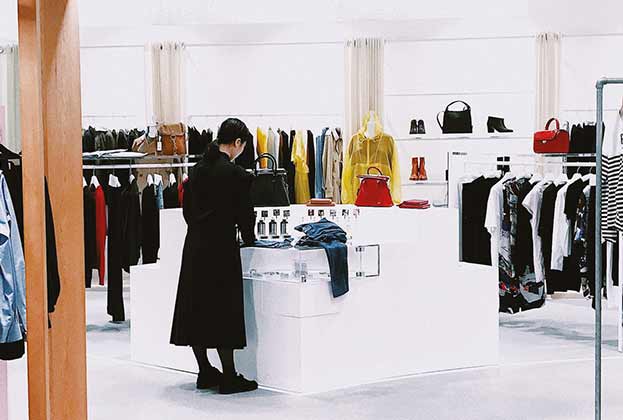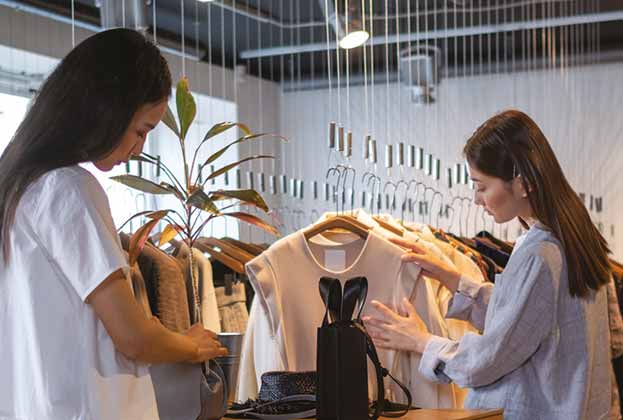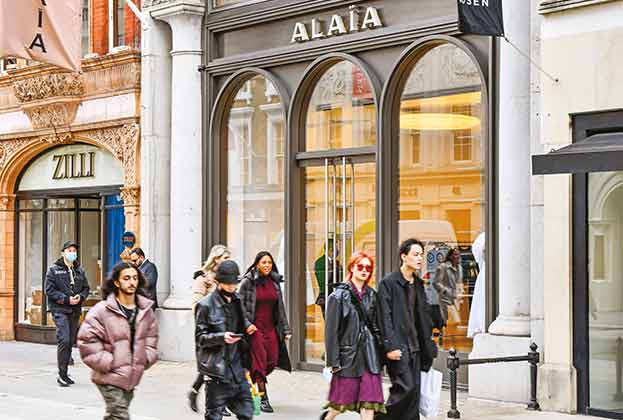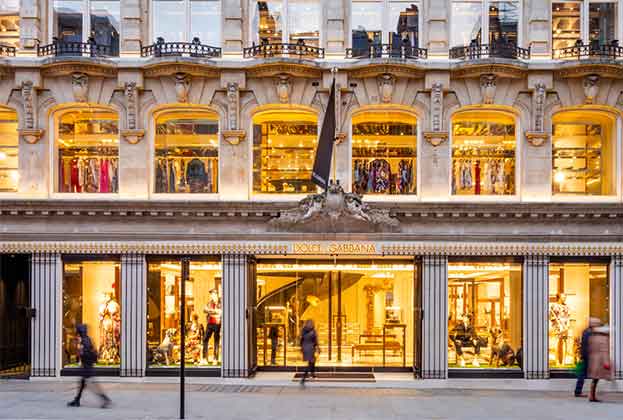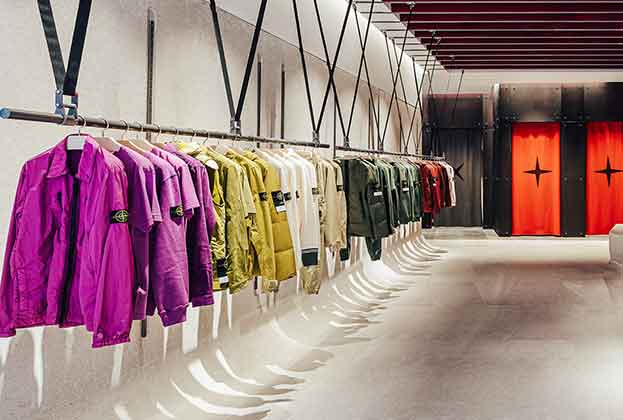Our retail experts from around the world provide their views on their local markets
View from China
Nick Bradstreet, Head of Asia Pacific Retail
Strong domestic sales in China amid the limited overseas travelling opportunities and the swift economic rebound, propelled a higher expansion rate among luxury retailers over the last 12 months. This shift in spending is likely to persist under a series of government policies to boost domestic consumption, including the expansion of duty-free operations. We see a lot of retail potential in Hainan as the island is expected to turn into a free-trade port by 2025. Its total duty-free sales soared to US$9.4bn (RMB 60bn) in 2021, up 84% year on year. Luxury brands are likely to enter the market with a travel retail format with licence holders such as CDFG, MixC and other duty-free players, with a focus on the Haikou and Sanya markets. We have also seen luxury outlets open in high-end ski resorts, such as Fendi in Changbaishan and Burberry in Songhua Lake.
Tier-2 cities have outperformed their tier-1 counterparts for luxury store expansion last year. Looking forward, we expect markets beyond the top tier will continue to offer some exciting opportunities with developments completing in Wuhan, Chengdu, Hangzhou, Nanjing and Xi’an. In the case of Wuhan, the opening of ‘Heartland 66’ and ‘Wuhan MixC’ should provide a boost to luxury provision in the city. Aside from the increasing supply of quality stock, the relatively lower rents in tier-2 cities also mean a quicker store payback for the brands, often less than 18 months, further adding to the appeal of these markets to expanding luxury brands.
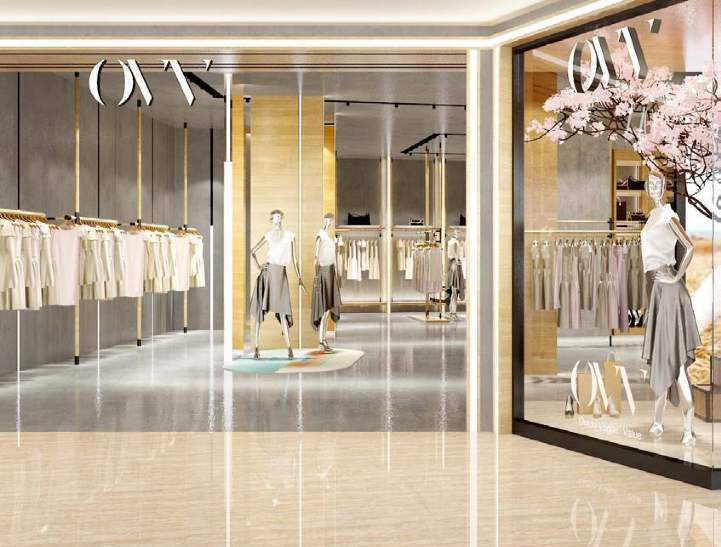
WF CENTRAL, Beijing
View from the US
Janie French, Vice President of Business Development, SRS Real Estate Partners
The post-Covid luxury market in the US was boosted in 2021 by increased local spending and the strength of direct-to-consumer commerce. This has facilitated new store openings by luxury brands. However, unlike in years past, many luxury brands are leaning towards off-mall locations for their stores, such as suburban shopping centres and urban locations on high streets and in open-air centres.
The mall exodus that began as early as 2014 has slowed but continues, and luxury retailers are among those making an exit. While the major cities continue to appeal, we are seeing some brands secure stores closer to more affluent shoppers who live in the suburbs and vacation in resort locations. For example, Moncler recently opened a store in the Colorado ski resort of Vail with Balenciaga and Overland Sheepskin Co. having pop-ups in Aspen.
View from London
Anthony Selwyn, Co-head of Prime Global Retail team
Walking down Bond Street, it’s very clear that luxury is alive and well again in London’s premier luxury location. The challenges of the last couple of years have given brands an opportunity to re-strategise their store portfolios and obviously strengthen their online platforms.
Despite this strategic review and focus on online, we have continued to see confidence in London’s Bond Street as a premier luxury destination with brands such as Loewe, Brunello Cucinelli, Versace and Celine all recently opening stores on the street. These will be shortly followed by Balenciaga and Gucci opening new flagships on the street in late summer 2022.
Brands thrive in locations that also have supporting quality, and with St Regis opening its first London hotel on the former Westbury hotel site just off Bond Street in late 2023, following on from the nearby opening of Mandarin Residencies, all bodes well for Bond Street’s luxury profile.
.jpg)
144–146 New Bond Street, London
View from the US
Janie French, Vice President of Business Development, SRS Real Estate Partners
The post-Covid luxury market in the US was boosted in 2021 by increased local spending and the strength of direct-to-consumer commerce. This has facilitated new store openings by luxury brands. However, unlike in years past, many luxury brands are leaning towards off-mall locations for their stores, such as suburban shopping centres and urban locations on high streets and in open-air centres.
The mall exodus that began as early as 2014 has slowed but continues, and luxury retailers are among those making an exit. While the major cities continue to appeal, we are seeing some brands secure stores closer to more affluent shoppers who live in the suburbs and vacation in resort locations. For example, Moncler recently opened a store in the Colorado ski resort of Vail with Balenciaga and Overland Sheepskin Co. having pop-ups in Aspen.
View from Europe
Daniel Kroppmanns, Head of Germany Retail Agency
Luxury has proved to be very resilient in Germany. Rents across all the major luxury locations across Germany have held at their pre-pandemic levels, in addition, we have seen a resurgence in new store requirements. Watch brands are being particularly active with Dusseldorf and Munich being key targets. As a result of this activity, we are seeing very competitive bidding for smaller units on core luxury pitches in these markets. But, with a number of new developments currently underway, there will be several new and exciting opportunities for brands over 2022 and into 2023.
Lisa Fitzgerald, Retail Advisory Spain
Madrid’s Serrano, home to Madrid’s 'Luxury Golden Mile' managed to overcome the Covid-19 crisis due to the stability of a strong local market. As a result, rents held at 2019 levels due to very high demand from retailers. In the case of Barcelona, Passeig de Gràcia, the city’s most famous high-end international shopping street – the street characterised by Gaudí’s fairytale buildings – has presented new and attractive opportunities to brands that had previously been unable to access it prior to the pandemic.
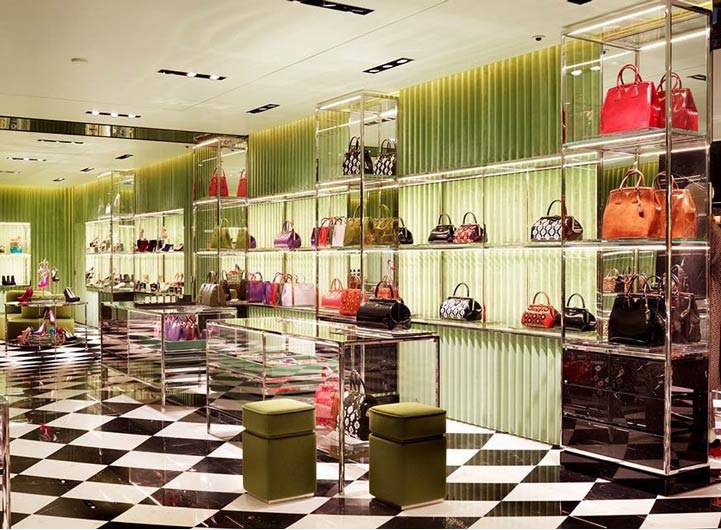
Prada, Serrano, Madrid
View from the Middle East
Kenny Lam, Retail Advisory Middle East
Dubai is no longer just an emerging retail market. Dubai today is one of the most cosmopolitan cities in the world, home to over 200 nationalities. The importance of Dubai as an international market was highlighted by Louis Vuitton choosing it as the third city to host its 'SEE LV’s 2022 journey' campaign after China. Many luxury brands are represented by monobrand stores through local franchise/partners but with the recent change in government policies, we are seeing international brands come in directly looking to take back full control of their stores and operations.
We’re seeing a similar trend in Saudi Arabia. The country’s luxury market continues to grow rapidly, with forecasts suggesting luxury sales could reach $22.2bn by 2024, reflecting an average annual growth rate of 7.2% between 2019 to 2024. As a result, we are seeing many luxury brands buying back their businesses. Many are setting up offices with full teams in Saudi, thus becoming independent from the offices in Dubai and becoming country headquarters. As a result, there is an increased amount of activity that's happening on the ground, brands are now able to activate, and they can do events.
View from Canada
Jordan Karp, Head of Canadian Retail Services
Despite some of the longest lockdowns in the world, the three luxury powers of Kering, LVMH and Richemont continued to invest heavily in Canada by opening new stores and reinvesting into flagships. In Toronto’s tony Bloor-Yorkville neighbourhood, wider investment in the area, such as the multi-million overhaul of Holt Renfrew department store and the reopening of Park Hyatt after an extensive renovation, has coincided with renewed store activity.
Exclusive Italian luxury menswear Isaia opened its first store in Canada in Yorkville, steps away from where Kering opened one of its few Balenciaga x Gucci Hacker Project stores; the space is now under renovation as Balenciaga’s flagship. Other new entrants to the area, and to Canada, include Anne Fontaine and Alexander Wang. But, it’s not just Toronto and Vancouver that have seen recent activity, we’ve seen new openings in Canada’s top producing shopping centre, Yorkdale, as well as in West Edmonton Mall and Calgary, highlighting confidence in Canada’s wider luxury market.
Read the other articles within this publication below
.jpg)
